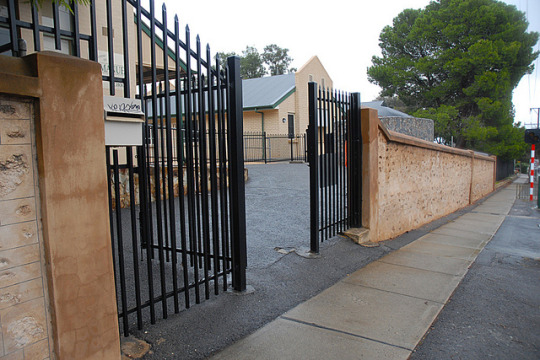
Post: 4 November 2015
The National Pupil Database is the Department for Education’s central database of information on pupils in schools in England. The NPD contains a wide range of data about individual pupils, much of which is personal and some of which is highly sensitive.
I’ve written about the NPD before. The database has been around since 2002 but a couple of years ago the Government changed the law to make it easier for private companies to access the data. At the same time DfE took steps to improve the transparency of that data sharing process, including publication of a list of third-party requests for access.
See articles by Olivia Solon and by Adrian Thirkill for more background on the NPD and data sharing.

A couple of weeks ago DfE responded to a Freedom of Information request from Jen Persson for information about the NPD fast track / accredited researcher process. DfE also released copies of original approved data request
application forms for tier 1 and tier 2 data. Tier 1 and tier 2 are categories of identifying and sensitive data items.
The fast track process was described in the NPD User Guide (archived copy) as follows:
Requests for access to data from the National Pupil Database can be fast tracked if any of the following criteria are met:
- The new request for data is exactly in line with a previously approved decision and all required approvals and evidence have been provided.
- The request is an update request for annual data where permission to use the data for longer than one year has been granted and is still active and all required approvals and evidence have been provided.
- The request is made by an accredited requester who has already demonstrated their credentials.
Requests that meet these criteria do not require consideration at a full DMAP meeting and can be processed by Education Data Division.
Earlier this week DfE removed the above section and all other references to the fast track process from the NPD User Guide (current version).
DfE has also updated the data request application forms, and added a requirement that for tier 1 and 2 requests each individual user must provide a “basic disclosure” certificate from Disclosure Scotland.
Image credit: Immanuel Lutheran School by Gawler History (CC BY-SA 2.0)